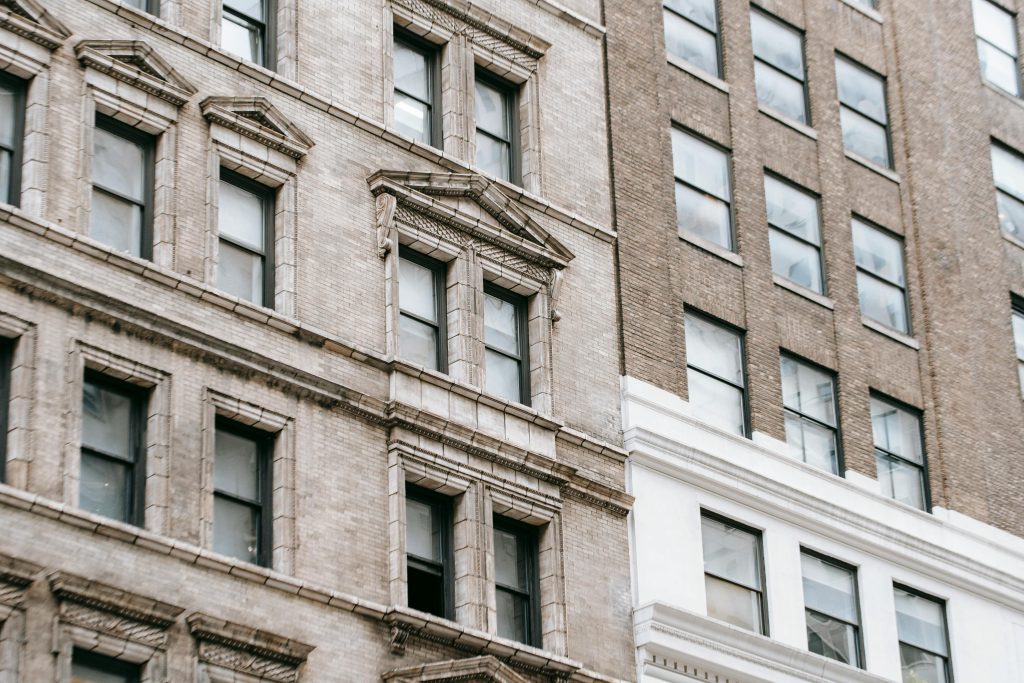Apartment living offers a unique blend of private and communal living. The design of common areas within these spaces plays a crucial role in fostering a sense of community, encouraging interaction among residents, and enhancing the overall living experience. This blog post explores key elements in designing inviting and functional common areas that cater to the diverse needs of apartment dwellers.
Understanding the Role of Common Areas
Common areas in apartments serve multiple purposes—they are places for relaxation, socialization, work, and play. These shared spaces can range from lobbies and lounges to fitness centers, rooftop gardens, and coworking spaces. Effective design of these areas requires a deep understanding of the residents’ lifestyle, preferences, and the community dynamics.
Balancing Aesthetics and Functionality
Creating an inviting atmosphere in common areas begins with striking the right balance between aesthetics and functionality. These spaces should not only be beautiful but also adaptable to various activities and gatherings. Comfortable seating, ample lighting, and durable materials that withstand high traffic while maintaining their appeal are essential considerations.
Design Strategies for Inviting Common Areas
Designing inviting common areas involves more than choosing stylish furniture or adding greenery—though these elements play a role. It requires thoughtful planning and a focus on creating spaces that facilitate interaction, provide comfort, and reflect the community’s identity.
Flexible Layouts
Flexible, multi-use layouts allow common areas to host a variety of activities, from quiet reading nooks to social gatherings. Modular furniture, movable partitions, and multipurpose fixtures enable the space to be reconfigured according to the needs of the moment, making it easier to accommodate different group sizes and activities.
Incorporating Nature
Biophilic design principles, which emphasize the connection between humans and nature, can significantly enhance the appeal of common areas. Incorporating natural light, indoor plants, water features, and materials with natural textures can create a calming and inviting environment that promotes well-being among residents.
Technology Integration
In today’s digital age, integrating technology into common areas can greatly enhance their functionality and appeal. High-speed Wi-Fi, charging stations, and smart home features like app-controlled lighting and climate systems cater to the modern resident’s needs, allowing them to work, play, and relax with ease.
Focus on Community Building
Design elements that encourage interaction and foster a sense of community are vital. Shared kitchenettes, communal dining tables, and open-concept spaces invite residents to come together, share meals, or engage in activities. Bulletin boards or digital screens showcasing community news, events, and activities can also help strengthen community bonds.
Integrated Fire Safety Measures
Ensuring resident safety in apartment common areas involves integrating fire safety measures seamlessly into the design. This includes strategically placing fire extinguishers in accessible locations without compromising aesthetics, using customized covers to blend with decor, and clearly marking emergency exits and evacuation routes with signage and lighting. These steps enhance safety while maintaining an inviting ambiance.
Creating Niche Spaces
While large, open spaces can be versatile and inviting, the inclusion of smaller, niche spaces within common areas can cater to specific interests and provide quieter, more intimate settings for relaxation and concentration.
Quiet Zones
Designating areas for quiet reflection, reading, or individual work can address the needs of residents seeking solitude or concentration. Comfortable seating, soft lighting, and noise-reducing materials can create the perfect ambiance for these activities.
Hobby and Activity Rooms
Spaces dedicated to hobbies and activities, such as art studios, music practice rooms, or game rooms, offer residents opportunities to pursue their interests and connect with others who share them. These specialized rooms can become vibrant hubs of creativity and interaction within the community.
Enhancing Connectivity and Accessibility
An inviting common area is easily accessible and connected to other community spaces. Seamless transitions between indoor and outdoor areas, clear signage, and barrier-free designs ensure that all residents, regardless of age or mobility, can enjoy the shared spaces.
Outdoor Connections
When possible, connecting common areas to outdoor spaces such as courtyards, gardens, or terraces can greatly enhance their appeal. These transitions encourage outdoor activities, provide additional seating options, and offer fresh air and natural scenery.
Reflecting Resident Diversity
The design of common areas should reflect and celebrate the diversity of the apartment community. This can be achieved through the choice of art, decorations, and cultural symbols that represent the residents’ backgrounds and interests, creating a space where everyone feels represented and at home.
Community Input
Engaging residents in the design process can provide valuable insights into their needs, preferences, and the types of activities they would like the common areas to support. Surveys, meetings, and workshops can be effective tools for gathering this information and fostering a sense of ownership and pride in the community spaces.
Designing inviting apartment common areas is a multifaceted challenge that requires careful consideration of aesthetics, functionality, and the diverse needs of residents. By creating flexible, welcoming, and technology-integrated spaces that promote well-being and community engagement, developers and property managers can significantly enhance the quality of life for apartment dwellers. Through thoughtful design and resident involvement, common areas can become the heart of the community, where connections are forged, and a sense of belonging is cultivated.

